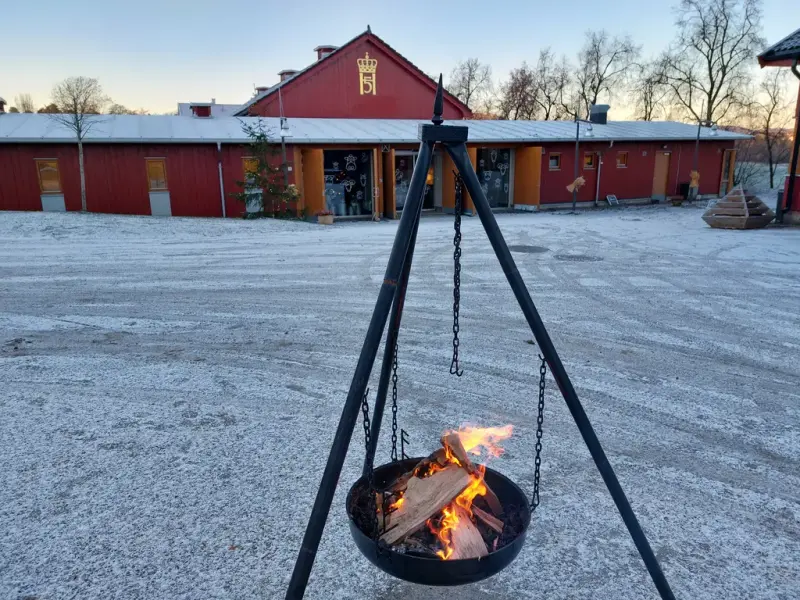
Winter in barns and stables – January, February, March
We have 50 cows of the Norwegian Red Cattle breed and year-round calving. They produce 400 000 liters of organic milk and 8 tons of meat a year. In winter, the animals are inside and we take good care of them and feed with self-produced organic grass. There is hoof cutting, cutting tail hair and fur, and focusing on good health. The ponies are outside every day and the ewes are sheared a month before lambing. The hens are laying eggs, the pigs are enjoying themselves in their pen and maybe the rabbit has had young. Possible to grill in a fire pit with brought charcoal etc.
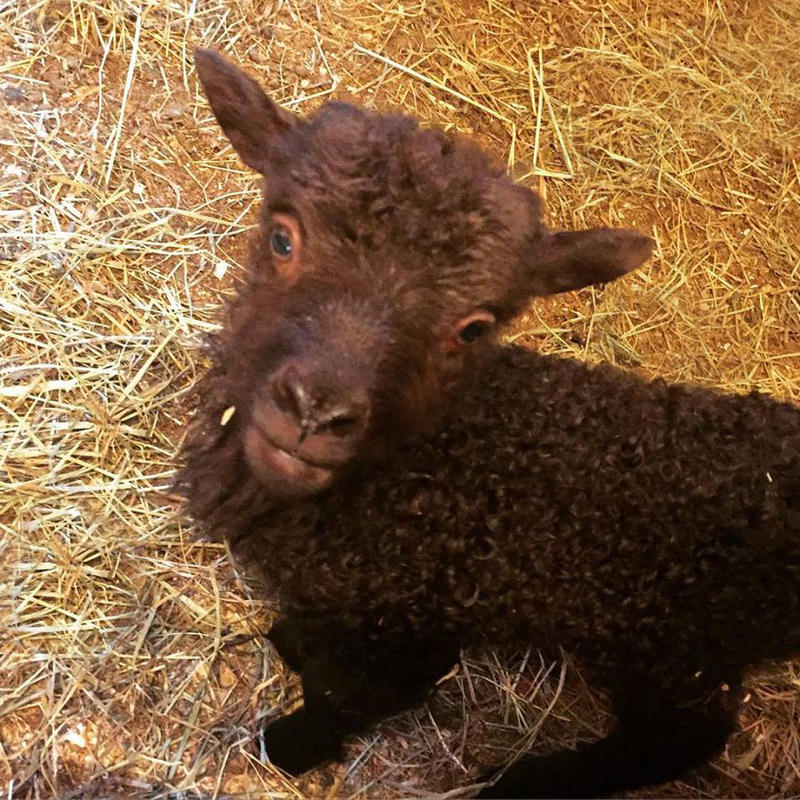
Lambing – spring's most beautiful adventure in April and May
Our ewes of the Old Norse Spælsau breed lamb around Easter time. It's touching and wonderful when the beautiful lambs are born and everything starts over! When the soil is warm enough, we put potatoes and make sure to roll on where we grow it so that there are at least 5 years between each time we have potatoes on the same piece. We prepare for mowing and grazing season.
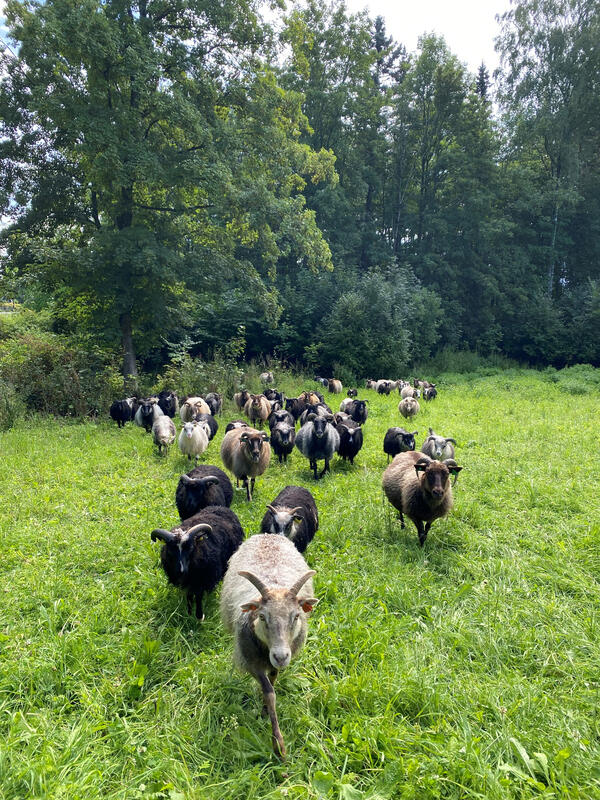
Grazing Season and Haymaking – June, July, and the first half of August
Cows and young stock that are not being milked can be moved to pastures further from the farm. The sheep graze while we ensure that everyone has enough food, stays healthy, and no one escapes the fences. The ponies are also turned out to summer pasture. Once all the animals are out, we begin cleaning all the livestock areas. The valuable manure is spread to provide nutrients for the plants.
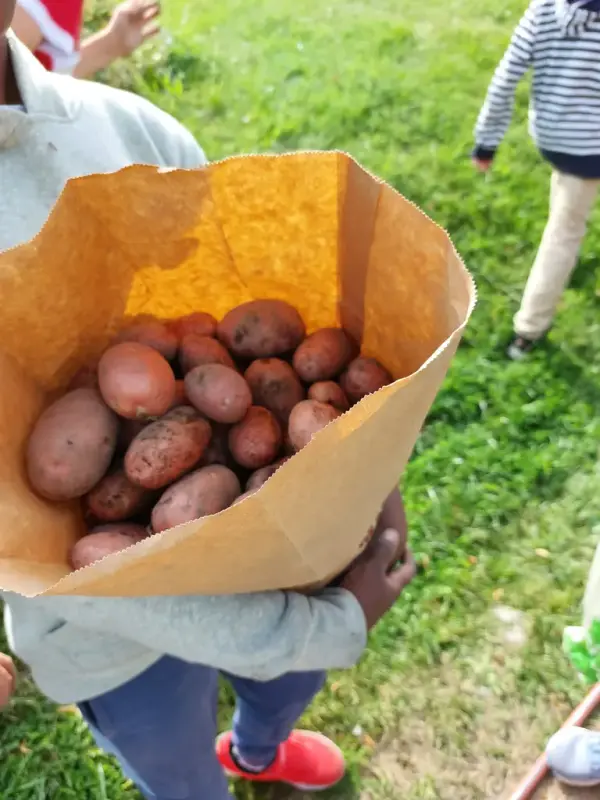
Harvest – second half August, September and half of October
During the summer, we make 2–3 hay cuts to ensure we have enough homegrown feed for our livestock. Manure is spread, and the fields we graze are maintained with a pasture mower to control weeds that the animals won’t eat. Potatoes are harvested and either taken home or used by the gold-certified organic kitchen at the Nursery. We grow various useful crops that visitors can recognize and taste. We also use intercropping principles, planting flowers among the vegetables to protect them from insect attacks.
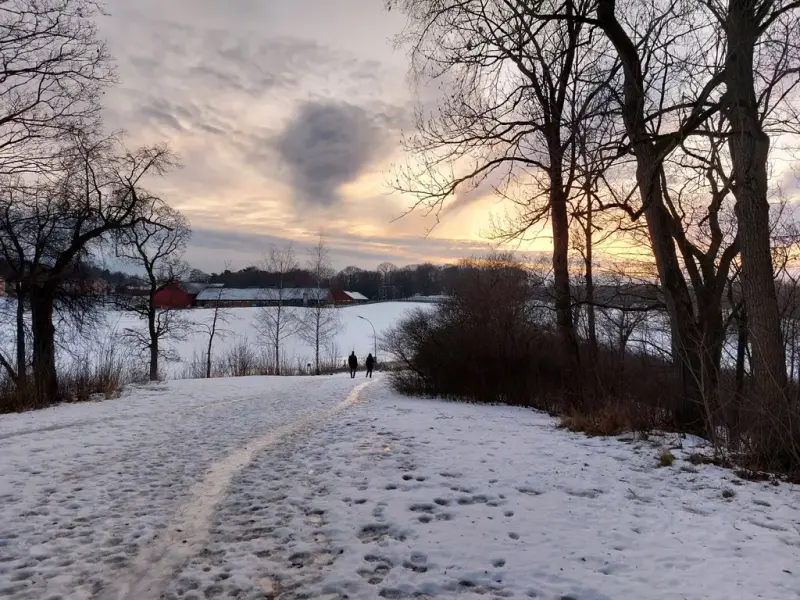
Early winter and pre-Christmas – Second half of October, November and December
There is light from the barn and stables in the dark season and inside the animals it is warm and nice. We have selected the ewes and cows that are good enough to breed on and put these in for the winter.
The Christmas beak is up to the small birds. One can lower one's shoulders and look forward to a quieter moment with stories about the magical Christmas season and the barn elf.